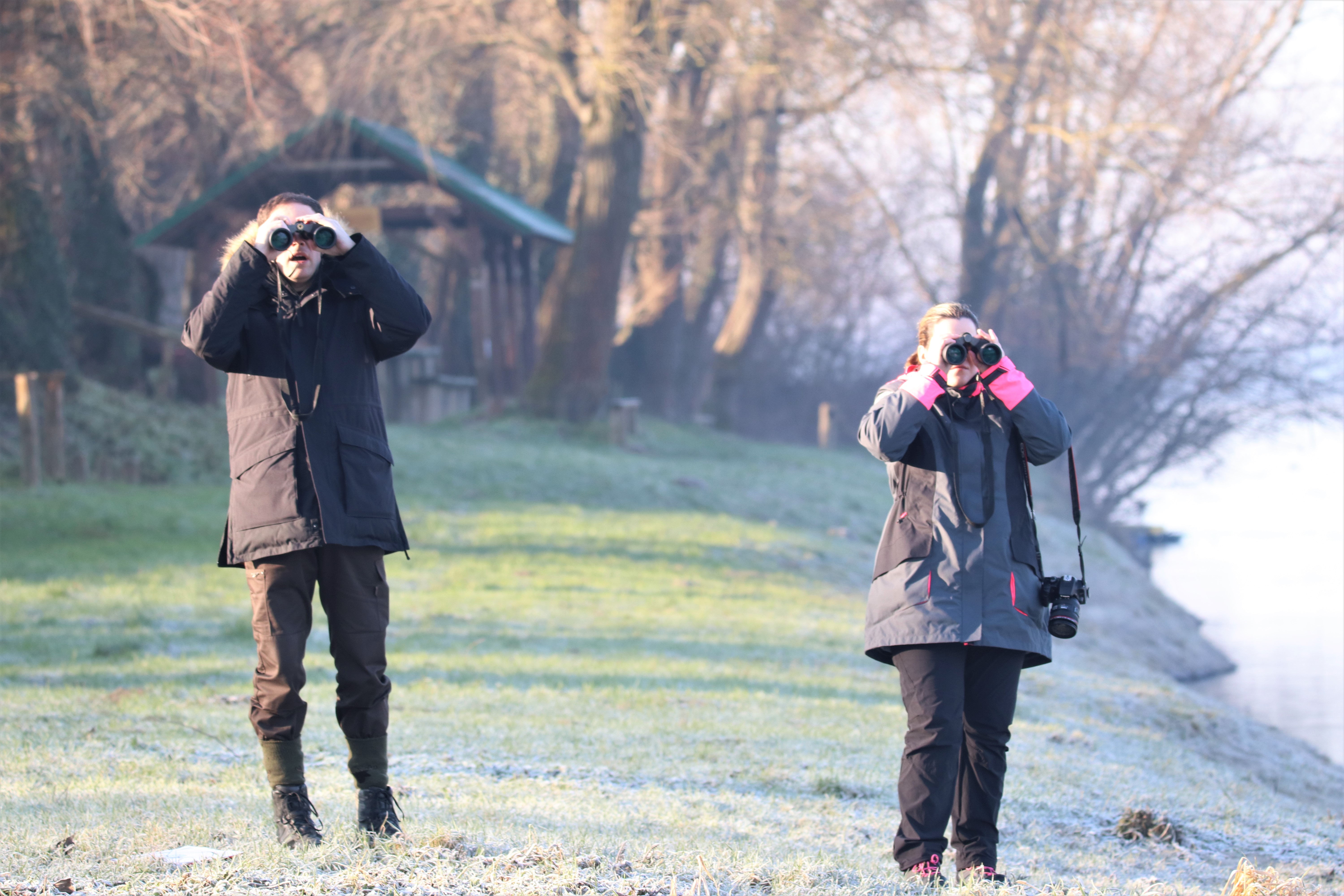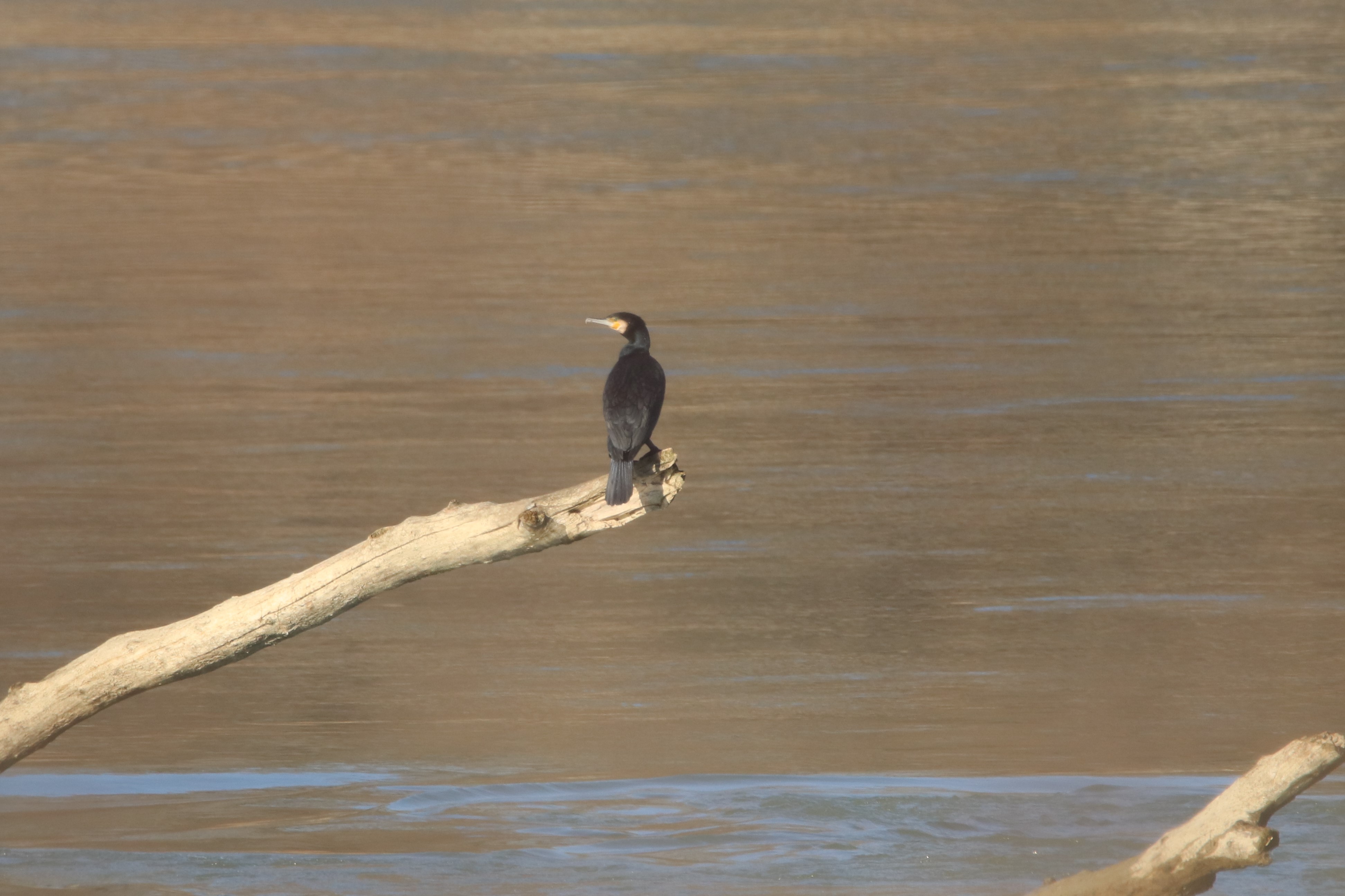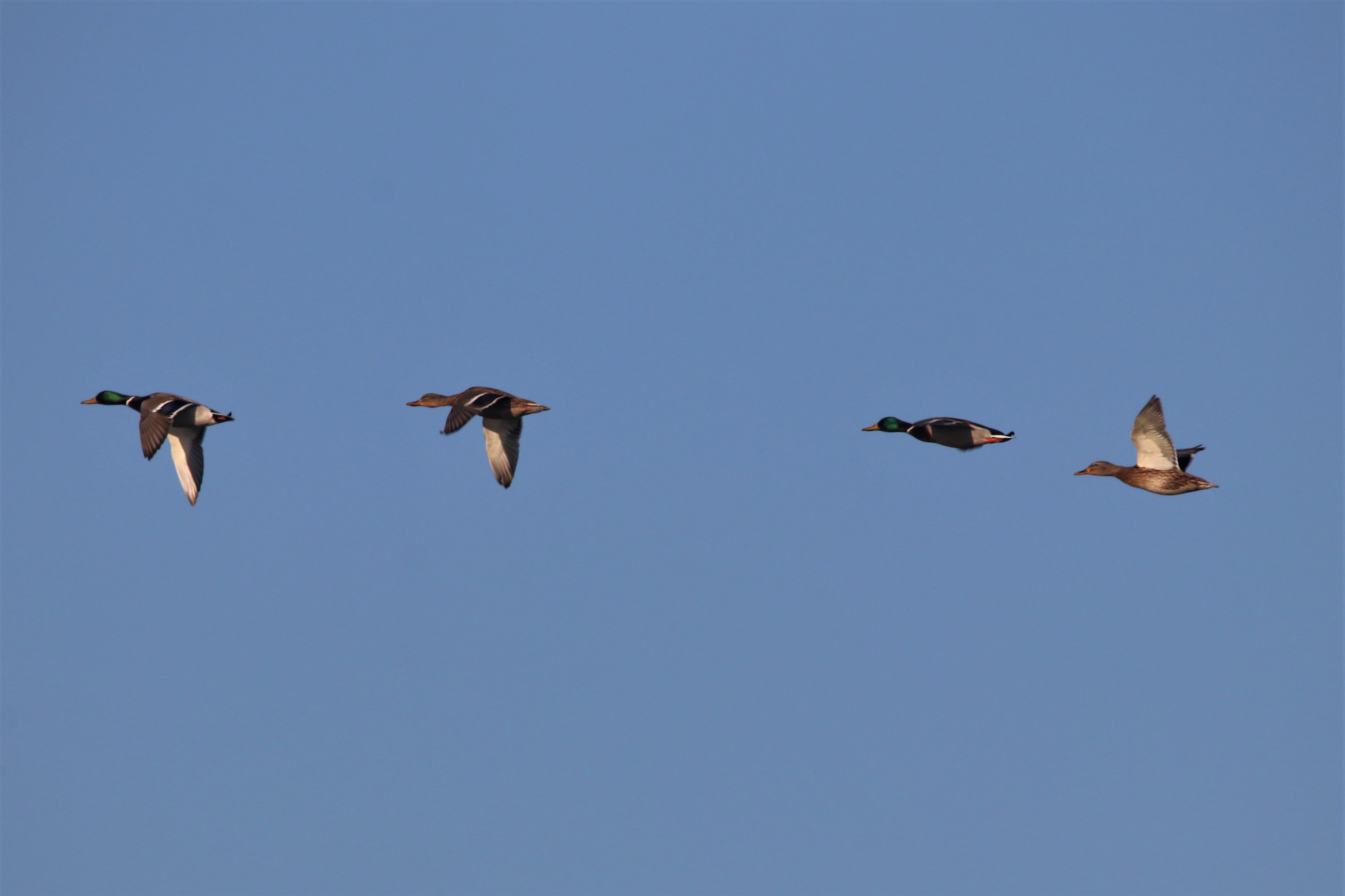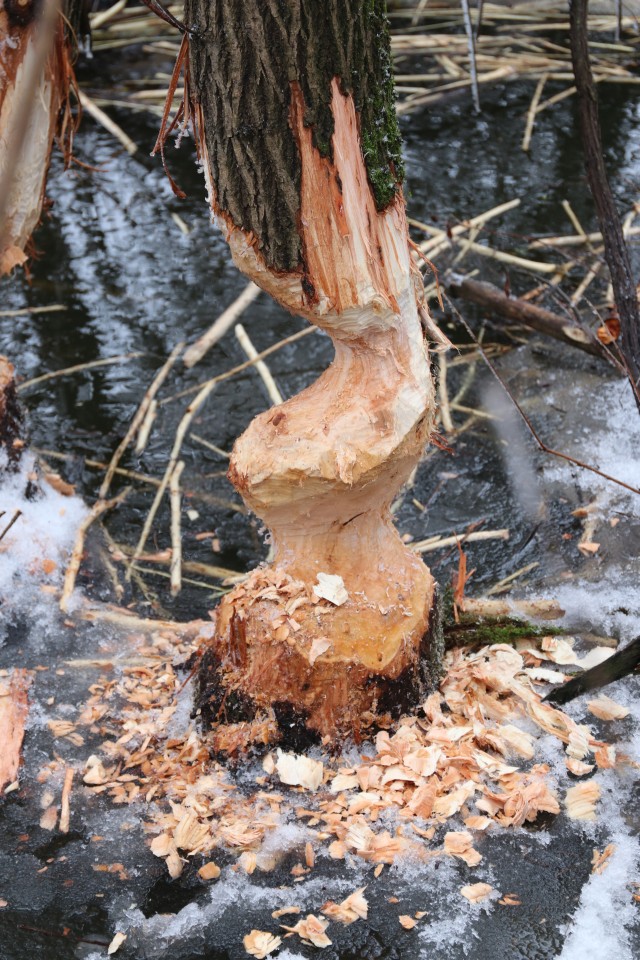D2C - What is new at Croatian D2C?
27-01-2020
Inconspicuous but very nice and valuable region od the Drava river on Croatian-Hungarian border is one of pilot regions of the Dare to Connect project. What was done there in last months?
Regional guiding principles for wetland restoration in the Pilot region 5
The most important activity was research for Regional guiding principles for wetland restoration in pilot region 5. This document was made based on the laws and regulations of the Republic of Croatia, Red Books of protected species and the results of the prior researches in the area of the Green Belt in Virovitica-Podravina County, Croatia.
Two workshops are in process of preparation, one for primary school pupils and the other for local stakeholders. A workshop with pupils is planned on the occasion of World Wetlands Day. Content of World Wetlands Day this year is the importance of wetlands biodiversity, groundwater supplies, water purification, mitigation of climate change and tourism development. These ecosystem services match with the content Dare To Connect project. In this workshop, pupils will learn more about ecosystem services on them understandable way and will learn more about the biodiversity of the area of the Green Belt. Workshop with local stakeholders will be held in March 2020. The main goal of this workshop is to present the D2C project results to local stakeholders and their inclusion in the project. Workshops are planned to focus attention on the Drava River as to
many people as possible and to promote it as an invaluable treasure that we share with neighboring Hungary.
Field research
Field research in the area Green Belt in Virovitica-Podravina County was done in the first half of January. Waterbird population data were collected in
the area of the Drava River, fishponds and the canals. Because of the low temperature and very thick fog, quest was less successful than in previous years. There were 13 bird species with 627 individuals recorded in a total of 10 locations.
Beaver
The biggest builders in the animal world were extinct in the 19th century in Croatia. The causes of beaver disappearance are considered to be overhunting, disease and adverse weather. The project Beavers in Croatia between 1996 and 1998, enabled returning 85 beavers in their natural habitat, including locations in the Green Belt area. From 10 researched locations, we founded beavers work at 4 location. Beavers build quality harrows that do not pass the water and so occur little ponds that have ideal conditions for fish populations, waterfowl, and other wetlands species.
White Stork video news
We care about white storks which do not have the ability to stay alive in nature (due to injuries). They attract many visitors. Video about recovery place for White Storks in Informative educational center-hostel the Drava Story at Noskovci was broadcasted on national TV on 18th January in prime time newscast and in the 5 p.m. news. This was an ideal way to promote not only White Storks and recovery places but also to motivate people to get involved more in nature protection and visit the Drava Story. Informative educational center-hostel “Drava story” offers visitors activities in the area of the Green Belt, such as bike riding, bird watching or complete educative programs with professional guidance (one or more days). The biggest part of our activities is related to the Drava River, whether for tourism or research purposes. The Drava River is the state border with Hungary and it is an ideal example to educate visitors about the importance of connectivity protected areas and ecosystem services that nature gave us for free. The Drava Story centre was a place of the D2C project meeting in October 2019.
Link of the video about storks (in Croatian)





